Apple iPhone XS / Max vs Samsung Galaxy S9 / S9+

Review index
Design | Display | Interface | Performance and Storage | Camera | Sound & Call Quality | Battery life | Prices and ConclusionIn the world of modern smartphones, there are two names that shine brighter than any other and have done so over the past few years: Apple iPhone and Samsung Galaxy.
Like it or not, these are the most popular flagship phones out there, the ones that spark the most conflict when mobile tech enthusiasts collide and the ones that traditionally pack the latest and most advanced technology.
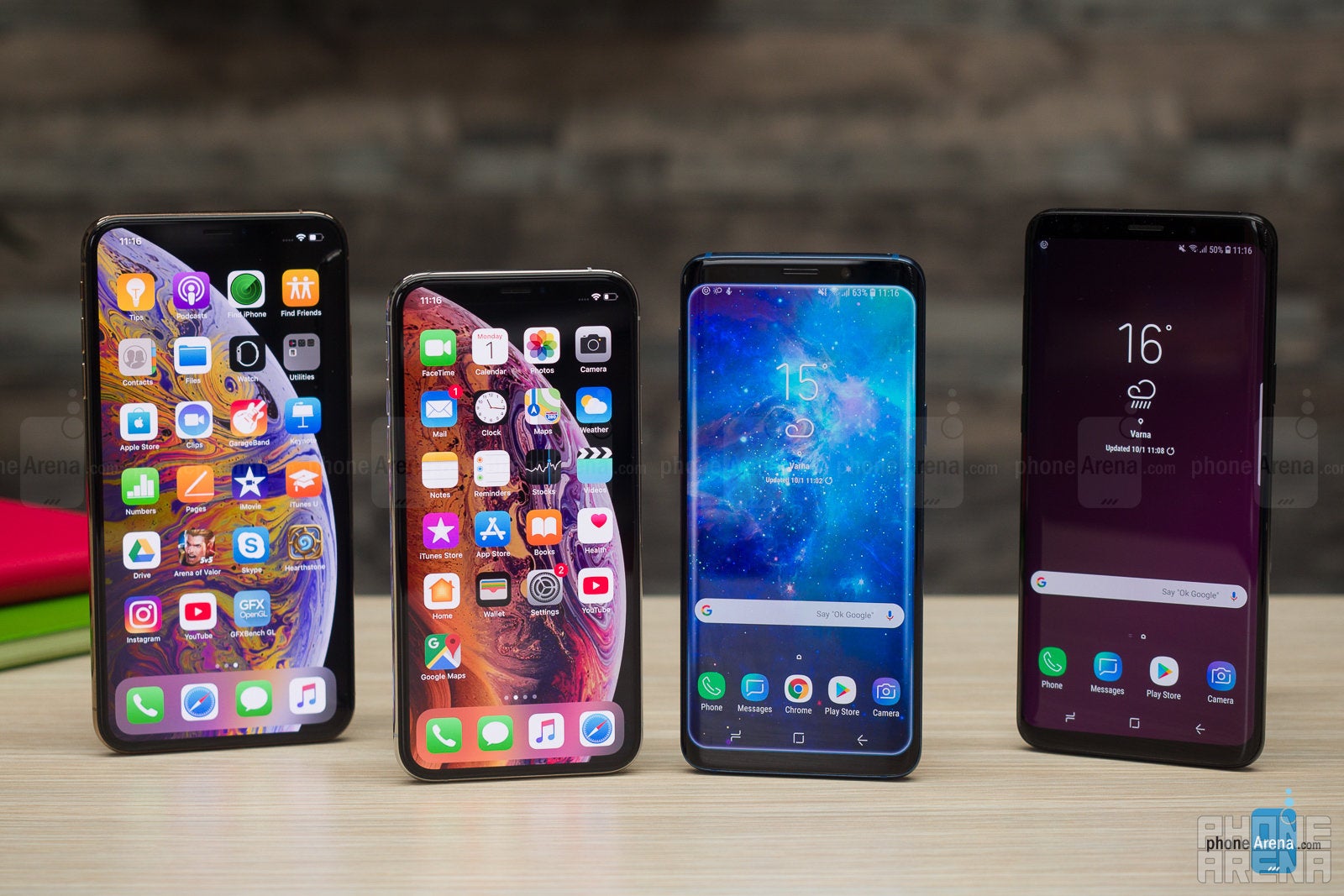
The Samsung Galaxy series, on the other hand, has risen to the heights of flagship phones thanks to a combination of the feature-rich Android software with a Samsung spice, some of the finest screens ever put in phones, as well as a polished near to perfection design. iPhone XS Max vs Samsung Galaxy S9 Plus, a battle of giants!
But we’re not here to sing praise to either one: it’s time to shut down emotions and proceed with this battle of epic proportions.
Design
Premium class? Nope! It’s straight luxury territory here.
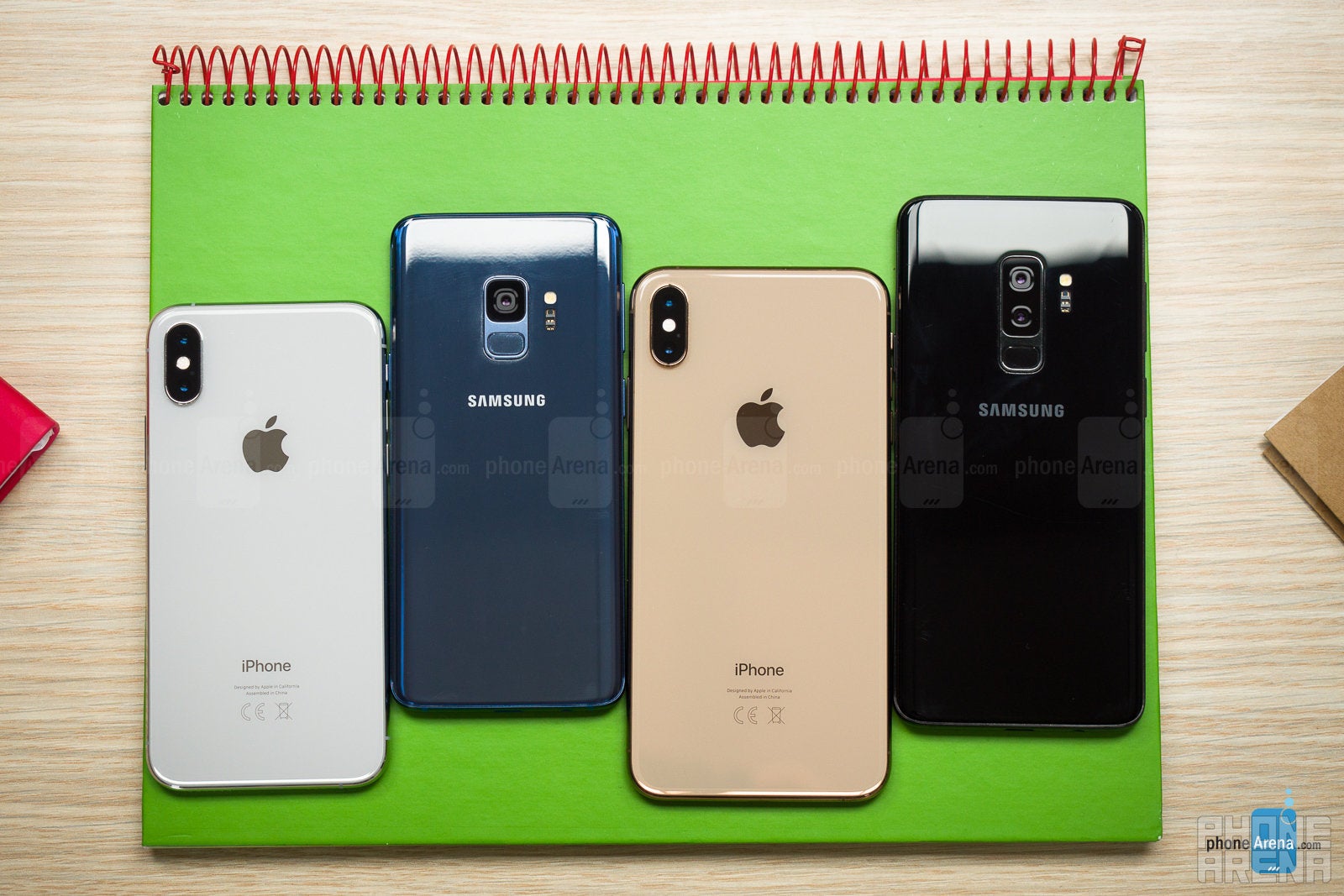
Then, you have the little touches that count: both Samsung and Apple have put in the time to make every physical button on the phones provide a satisfying clicking sensation. Samsung’s Bixby button is the only thing that really probably should not be there, and we’re constantly mistakenly pushing it by accident when pressing the power button on the opposite side! If only Samsung allowed us to customize it… Apple, on the other hand, has done something great with the power key on the XS series (it’s been this way since the X): it’s a much bigger button, and this makes it so much more comfortable to find without even looking. Again, it’s the little things that count.
The elephant in the room and the thing that you will probably have most doubt if you are picking between the iPhone XS Max vs Samsung Galaxy S9 Plus, however, is clearly the size.
Let’s break it all down by the numbers and in pictures right below:
So roughly speaking, the XS and the S9 are about the same size, and the XS Max and the S9+ are also similarly big. In real life, the differences between these pairs are really negligible and it all boils down to whether you want a bigger or a smaller phone. The bigger phones are definitely not so comfortable in a pocket, and it’s a stretch to reach the top and use them with a single hand, unless you’re an NBA player, while the smaller phones have… well, smaller screens of course, which is bad for media, but are much more comfortable to slip in a pocket and carry around, plus it’s easier to use them with one hand.
In terms of ports, the iPhones use the Lightning one, while Galaxies rely on a USB-C port for charging. The Galaxies also come equipped with a headphone jack, while Apple has killed the headphone jack long ago, and this year, for the first time, the XS series doesn’t even come with an adapter, so if you want to connect wired audio, you’d need to purchase a dongle yourself.
Security: Face ID or good old fingerprint scanners?

The Galaxy, on the other hand, has both a fingerprint scanner and a face recognition system, and you can have the two work in combination, so sometimes you can just look at your phone and unlock it, and other times you can use the fingerprint scanner, depending on which method you find to be the more convenient one. It’s worth noting that face recognition on the Galaxy is much easier to hack and is nowhere nearly as secure as Face ID, which uses complex AI and 3D maps your face.
Display
Two of the most beautiful OLED screens.

- iPhone XS: 5.8” OLED, 1125 x 2436 pixels
- iPhone XS Max: 6.5” OLED, 1242 x 2688 pixels
- Samsung Galaxy S9: 5.8” Super AMOLED, 1440 x 2960 pixels
- Samsung Galaxy S9+: 6.2” Super AMOLED, 1440 x 2960 pixels
Both the iPhone and Samsung phones appear very sharp, and while the Galaxy does have more pixels, it’s really not something that makes a big difference in real life. In fact, Samsung sets the screen on its Galaxy to a lower, 1080p resolution by default (you can change this in settings if you want).
We love colors on all these screens: everything appears lively, vibrant, contrast is great, colors appear dynamic, images and videos really come to life, and it is those incredible screens that make these phones stand out from the rest of the competition.
Samsung offers different color settings that can change the way colors appear: the defaults is a very punchy setting with eye-popping colors, the Adaptive mode, but you can choose more toned-down colors and even a Basic mode that complies with the sRGB color standard.
Apple, on the other hand, has something even better: native color management! The new iPhones support both the sRGB standard, as well as the newer DCI-P3, wider color standard, and the iPhone would detect which content is shot in which standard and will automatically display it in the proper setting, something that the competition cannot do just yet. Plus, Apple's TrueTone tech automatically adjusts the white balance depending on the environment, making its screens appear even more natural.
Take a look at our comprehensive display tests and measurements right below, if you want to know all the details.
Interface
iOS vs Android, the battle that has been going for years, gets more intense.
While modern mobile operating systems have evolved to handle most tasks similarly well, there is still a conceptual difference between iOS and Android.
Android stands out with its rich customization options, launchers, icon packs, as well as with being a more open ecosystem, while the iOS platform is closely curated by Apple and while it lacks many customization options, it is very well optimized to run on the iPhone software and features the App Store, which is still the place where most games and some great apps arrive first and often exclusively.
Performance and Storage
The new A12 chip in iPhones is miles ahead of the competition.
It’s no surprise that the newer iPhones ship with a newer system chip than the Galaxy S9 series that were launched nearly half a year ago.
What is impressive, however, is just how good the new A12 chip in the XS series really is. The world’s first 7nm system chip, the A12 sets a new bar for smartphone performance and you can see this in the benchmarks right below.
In the Geekbench single-core and multi-core tests, the iPhone gets a 30% higher score than the S9, while in the GFXBench 3.1 test, it was the first phone to max out the score and hit the 60fps VSync limit.
In real-life, the performance is buttery smooth on the iPhones, while you do get the occasional stutter on the Galaxies.
Then, there are the differences in storage capacity. These days, the Galaxy S9 series are offered mostly in their 64GB version, while the iPhone XS starts at the same 64 gigs, but you also have versions with 256GB and 512GB of on-board storage.
The S9 series also keep the microSD card slot, so you can easily get a card and use more storage than what’s built in the phone, while the iPhone traditionally does not provide such an option, and the storage you get cannot be expanded.
Camera
The clash of titans.
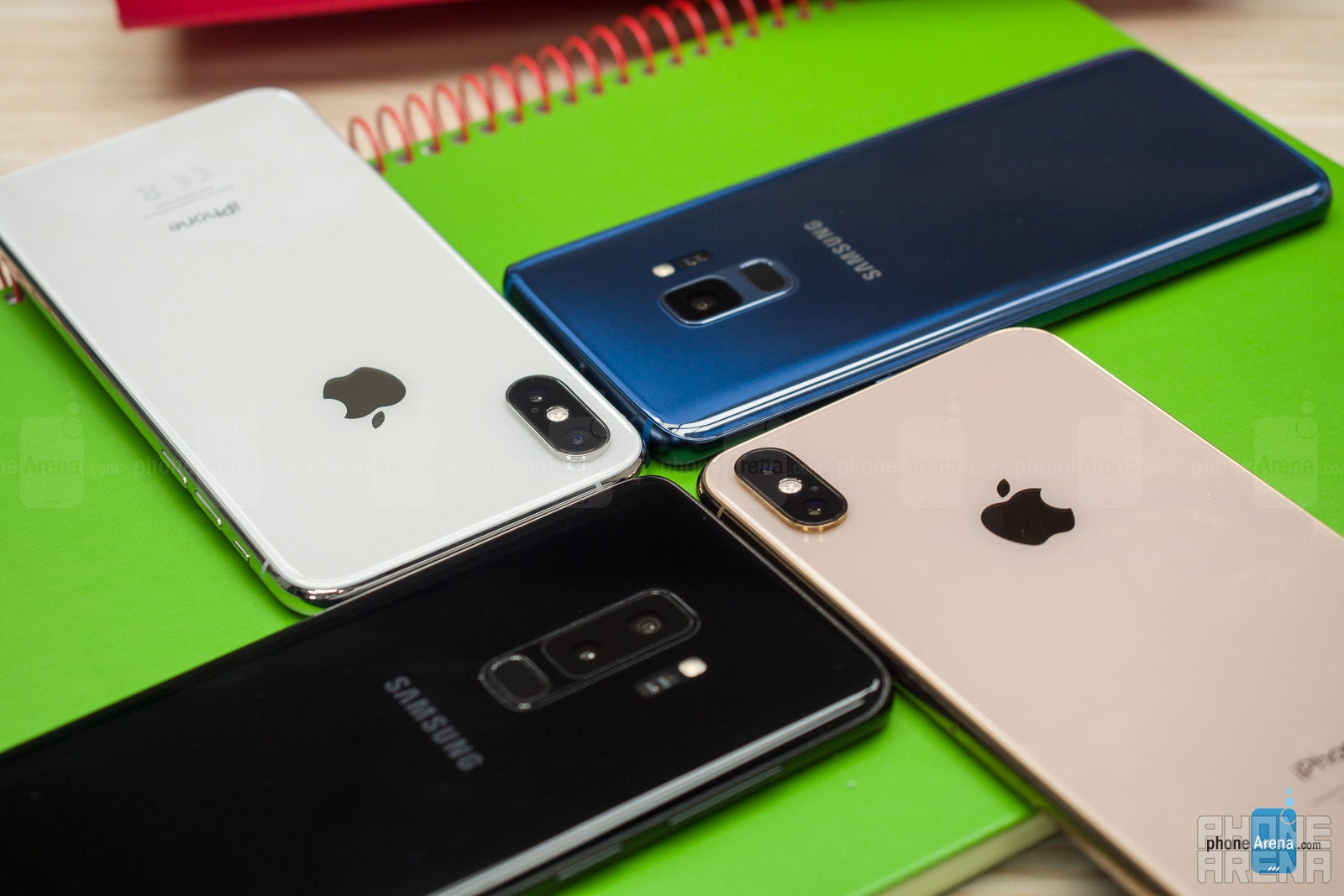
The camera apps on the two phones have not changed from what we’ve seen in the past: the iPhone keeps a simplified camera interface without many manual settings, while the Galaxy offers a ton of shooting modes, but also a full-on manual ride. What we like on the Samsung is the option to double press the power key on the side to quickly start the camera app, a shortcut that has no equivalent on the iPhone.
Image Quality
So… which phone takes better-looking pictures?
The Galaxy S9 series was one of the leading camera phones of 2018, with an outstanding amount of captured detail, beautiful color reproduction and super-fast auto-focusing speeds.
The iPhone XS takes all of that and raises the bar even higher, though. The new Smart HDR feature works miracles to show an incredible amount of light in both the dark and light parts of an image. Focus is fast and reliable. Colors look great (with a slight preference for warmer tones), the contrast from earlier iPhones is way more balanced.
iPhone XS Max vs Samsung Galaxy S9 Plus camera quality
Portrait Mode has improved on the iPhone XS, and you now have better object detection and a very subtle blur to images, plus you can control the amount of blur in the background. Samsung has been doing this for a while, so Apple is playing catch up here. Comparing portrait shots from the two, we are impressed with the dynamics from the iPhones and how they are able to capture more colors and expose better.
It also appears that the Galaxies capture very soft details when it comes to the skin and thanks to this effect people in the photos appear with a very pleasing skin structure that softens out wrinkles, while the iPhone seems to do the opposite: it captures a very sharp picture with sharper detail, but when it comes to faces, this effect overemphasizes imperfections like wrinkles, which seems to do more harm than good.
The iPhone raises the bar not just during the day, but also in night time when it captures bright photos with great dynamics and sharp detail. The Galaxy S9 series were one of the leaders back in their time, but compared with the night time shots of the iPhone, you see that the dynamics on the Samsung are not quite as high and colors don’t quite look as good.
Both phones have great selfie cameras as well. Again, the iPhone applies a similar Smart HDR magic to selfie shots, so that you get image with much more light in both shadows and bright areas. The Galaxy does good, but it often burns the highlights and the iPhone is a cut above it.
Video
Both iPhones and Galaxies can record 4K video in up to 60 frames per second, with proper stabilization at 4K30 and both support HEVC codecs for smaller file sizes. The Galaxy, however, still has a limit to recordings, and you can only record up to 5 minutes of 4K60 video and 10 minutes of 4K30, while the iPhone does not have any such limits.
How about the quality of video recordings, though? 4K is similarly detailed on both phones and both do a great job with this. Focusing is of huge importance for videos and both do an excellent job here as well, but the Galaxy is a bit faster, while the iPhone has a slightly slower and smoother transition.
The iPhone does have the upper hand in one important area: dynamic range. Videos shot on the XS series don’t get their highlights blown that much and you get more detail in the shadows, while the Galaxy S9 is not quite on par with this.
Then there is slow motion video. You get 240 frames per second at 1080p resolution on both phones, but on the Galaxy you also have a Super Slo-mo option that allows you to shoot at the motion-freezing 960fps for just a few seconds. This is a cool gimmick that allows you to capture some interesting things, if you don’t mind the drop in quality.
Sound & Call Quality
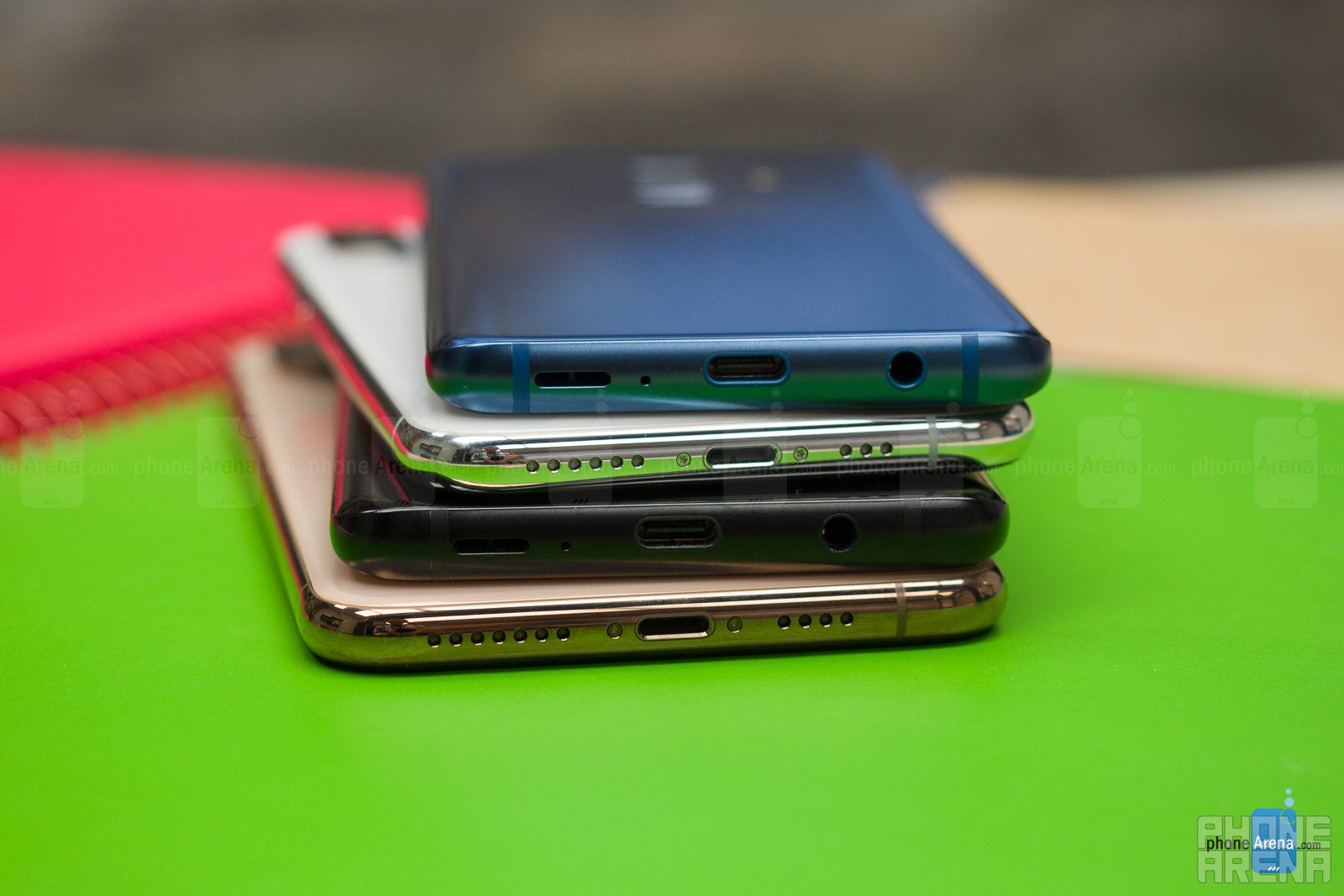
You also get a pair of headphones in the box with all phones. Those are the EarPods with a Lightning cable on the iPhones, a pair that sits on the ear and not inside it, and while it does not isolate the outside world very well, it sounds fairly good and is not tiring to wear for longer periods of time. The AKG-tuned earbuds that come with the Galaxy phones are of the in-ear type, and they also sound great and provide much better isolation, but might feel a bit tight to some people.
We’ve had no issues with call quality on either of these phones. All live up to expectations of a flagship 2018 phone and calls come out with good reception and sufficiently loud and clear voice quality.
Battery Life
Which phone lasts more?
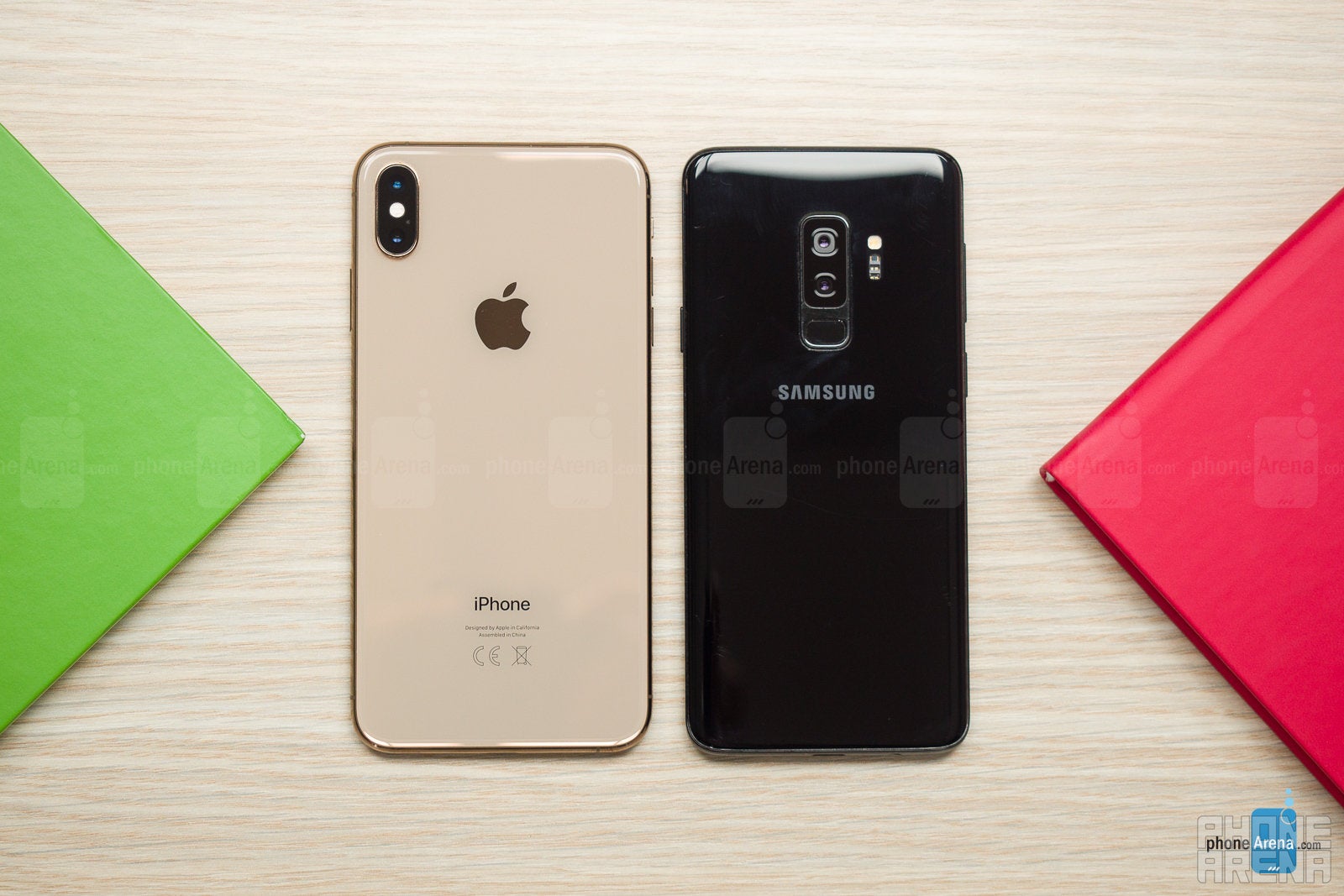
- iPhone XS: 2,659 mAh
- iPhone XS Max: 3,179 mAh
- Samsung Galaxy S9: 3,000 mAh
- Samsung Galaxy S9+: 3,500 mAh
As you can see, the Galaxies have noticeably bigger batteries in terms of pure capacity, but size is not the only thing that matters in the complex battery equation. The king here is good optimization.
So how is all of that working out and what battery life can you expect from these phones?
We ran our proprietary battery test on all four phones and found that the iPhones last a bit more than the Galaxies, despite their smaller battery size.
In real life, you will be able to get through a full day with all of these phones without any issues, so no big worries, but if you are a heavy user, shoot a lot of video or play a lot of games, you will likely need to top up your battery mid-day, especially with the Galaxy.
Both the iPhones and two Galaxy S9 phones also support quick charging, but weirdly, there is no quick charger in the box with the iPhones, so you need to spend more money on top of the already high price that you paid for the phones. The Galaxies come with a quick charger in the box.
You can see how much time it takes to fully charge up the phones using the stock chargers in the table below:
All these phones also support wireless charging, which is a nice option. Here, you would need to buy a wireless charger separately for all of these phones.
Prices and Conclusion
It’s time to answer the big question: which of these four phones should you get?
Let’s first look at the prices:
- Apple iPhone XS Max 64GB: $1,100
- Apple iPhone XS 64GB: $1,000
- Samsung Galaxy S9+ 64GB: $790 at BestBuy, $740 at Samsung.com (Prices current at time of publishing)
- Samsung Galaxy S9 64GB: $670 at BestBuy, $620 at Samsung.com (Prices current at time of publishing)
So yes, the difference in prices is really big and it’s up to you to decide whether it’s worth it.
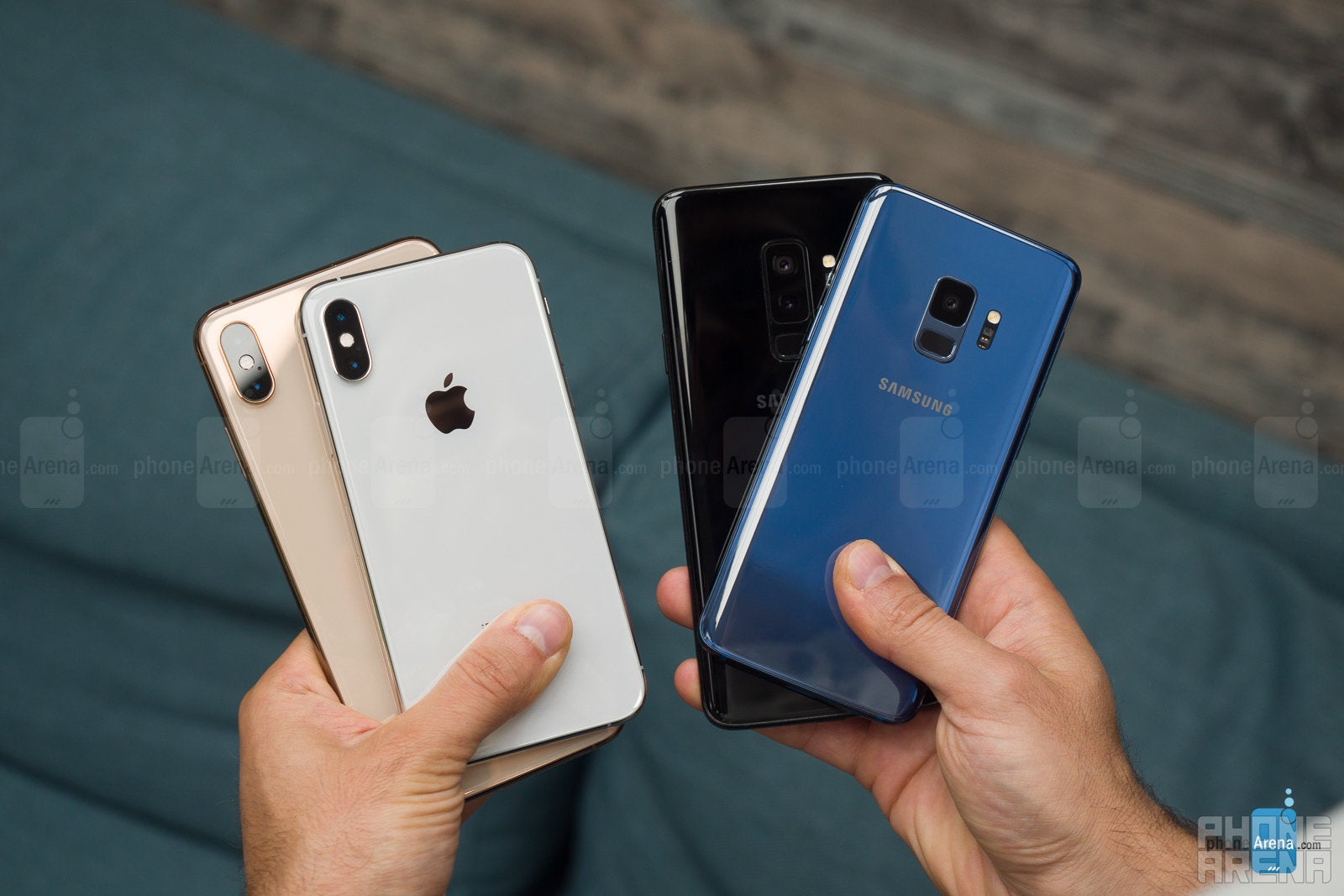
There is also another factor and it’s called ecosystem: if you are even remotely invested in the Apple ecosystem, be it with a Mac, AirPods, HomePod, iPad, or something else, you will get more value from an iPhone that works seamlessly and augments those devices.
So… which one do you prefer?
Apple iPhone XS and XS Max
Pros
- iOS ecosystem with better update support
- Made of more durable stainless steel
- Smart HDR helps take better photos
- Smoother performace
- Faster, Apple A12 chip
- No-limit 4K video recording
Samsung Galaxy S9 and S9+
Pros
- Lower price
- MicroSD card support
- Headphone jack
- Quick charger in the box
Follow us on Google News
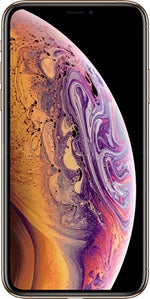
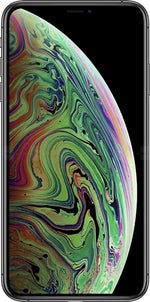

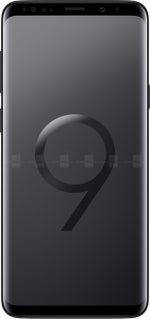



















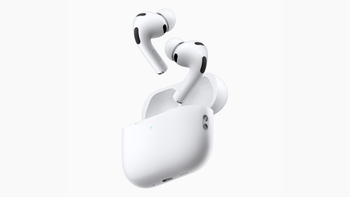
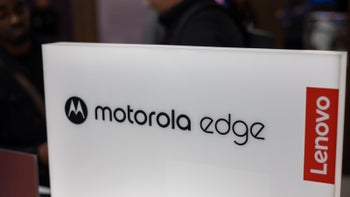

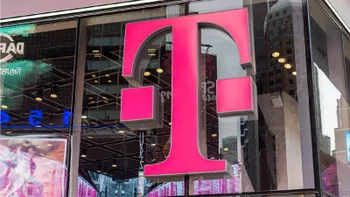






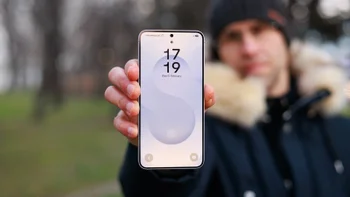
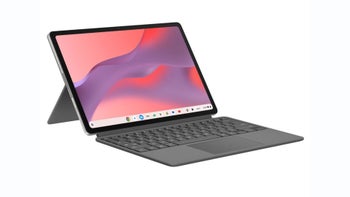
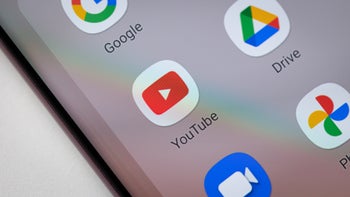
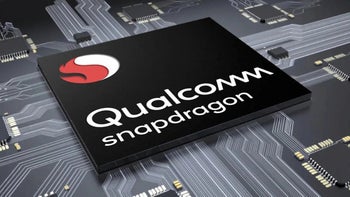

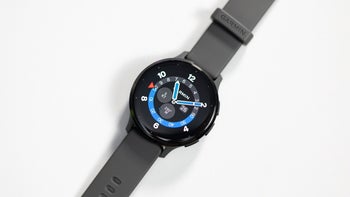
Things that are NOT allowed:
To help keep our community safe and free from spam, we apply temporary limits to newly created accounts: